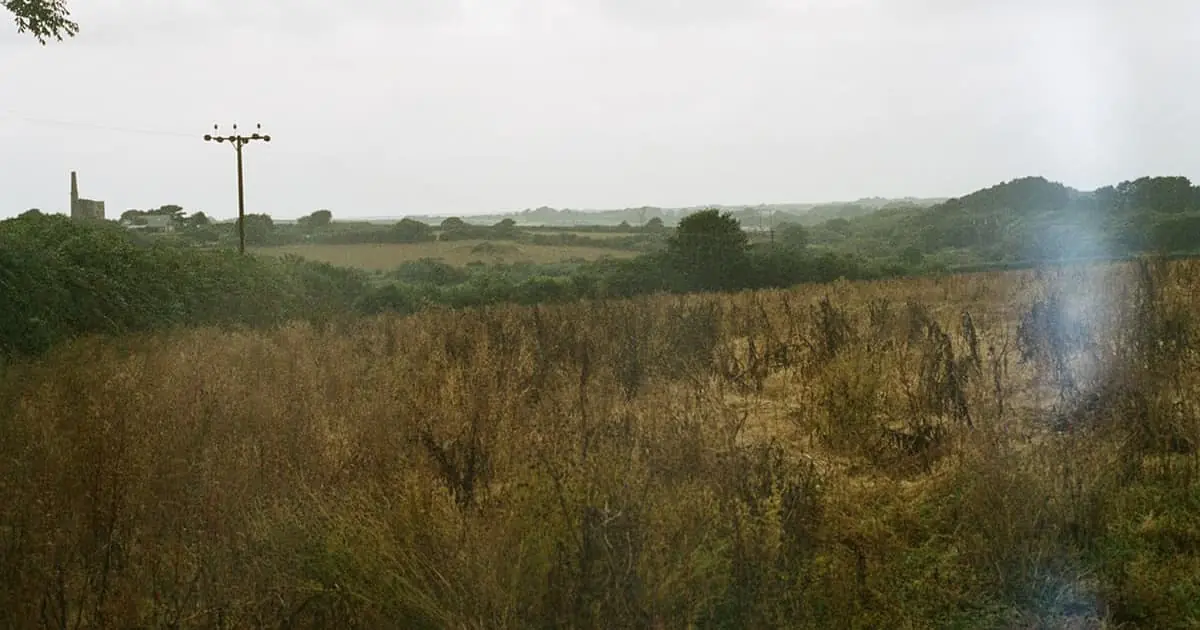Have you used USACE’s Antecedent Precipitation Tool (APT)? With some USACE districts now recommending or requiring APT data alongside jurisdictional reports, the tool has an important place in the wetland delineation and monitoring process.
This topic was covered in the 24th episode of Ecobot’s webinar series, Convergence of Wetland Science and Technology. View recorded episodes here.
Topics
- Why use USACE’s Antecedent Precipitation Tool (APT)
- Demonstration of the ATP
Moderator Jeremy Schewe, PWS, Chief Scientist, Ecobot
Presenters & Panelists
Nevin Durvish, Senior Biologist, ESE Partners
Robin Bedenbough, PWD, Senior Project Manager, RES
Olivia Haney, Product Manager and Environmental Scientist, Ecobot
Convergence of Wetland Science and Technology The technology of wetland science—GIS software, field applications, GPS and GNSS receivers, drone technology, and more—has evolved rapidly in recent years. These tools provide more robust data, and therefore a fuller context for the site, says Jeremy Schewe, PWS, Chief Scientist at Ecobot. “But the other crucial piece is the opportunity to potentially influence policy, and shape our future” using the robust data enabled by digital tools.”
The Antecedent Precipitation Tool (APT) Why Use the APT Tool?
The Antecedent Precipitation Tool (APT), developed by the U.S. Army Corps of Engineers (USACE), not only provides detailed precipitation data to regulators, scientists, and consultants, but also documents the climatic conditions of a site relative to a typical year.
The APT is site-specific, dictated by coordinates or a custom polygon input by the consultant. Based on this information, the tool extrapolates data from weather stations in the area, pulling information from the previous 30 years. The goal is to determine whether a site was experiencing normal or abnormal rainfall conditions, relative to a typical year, at the time of wetland delineation.
The APT informs on:
- Whether fieldwork was conducted during the dry or wet season
- Whether the water table is lower due to drought conditions
- Whether there is less than or more than normal antecedent precipitation
Olivia Haney, environmental scientist and Ecobot product manager, worked on one project that necessitated a “deep dive into the drought conditions that were being experienced on site and within the watershed at the time.” Haney was able to run a date range and generate information evidencing the persistence of drought conditions and resulting problematic situations. That enabled her team to confirm that the site should be marked as jurisdictional, and supported their determination before USACE.
In some districts, USACE is now requesting or requiring that the output from APT be supplemented as part of a report.
Nevin Durvish, Senior Biologist, ESE Partners and his team have habitually submitted the APT’s output report as an appendix alongside his reports since the Tool’s inception. “Working here in Texas, we’re in an area that is certainly prone to drought,” he says. “Having data that is tailored to a specific site, and the specific dates that the delineation took place” is invaluable.
Likewise, Haney and her former team included the APT output as an appendix to their reports as well, along with a section summarizing the conditions onsite.
Robin Bedenbough, PWD, Senior Project Manager, RES, says the APT provides background to his team for some of their mitigation sites, and helps in monitoring banks.
Before the ATP How did scientists gather this data before the ATP?
“To this day, there’s not a lot of datasets we can readily access,” Bedenbough says. “[ATP] accesses so many data sources automatically and quickly. In the old days, all you could do was find the closest known NOAA weather station, and use that data because it was the only thing available to you. The technology and data available now is just mind-boggling. Just how much data this program is actually crunching and providing for you is pretty amazing.”
Using the ATP The APT is compatible with PC computers only. It was developed internally by USACE and then made available to the regulatory environment.
The ATP pulls data from regional weather stations within a 30-mile radius. The output spans the previous 3 months, and includes a yellow band demonstrating the normal precipitation range, alongside the actual data for easy comparison. The graph also includes daily totals for individual rain events.
The graphical output shows only the weather stations that the ATP pulls the 30-year average from, but the 30-day rolling precipitation average pulls from as many data stations as exist within the 30 miles, and the Tool shows how far away each station is. In the test demonstration, this comprised some 200 data stations, since many farmers nowadays have precise precipitation gauges on their farms that are linked to a data system other farmers can see as well. Many of these stations are close to one another, so the site-specific data is extremely accurate.
To view a demonstration of the ATP, and the following Q&A session, view the webinar recording.



